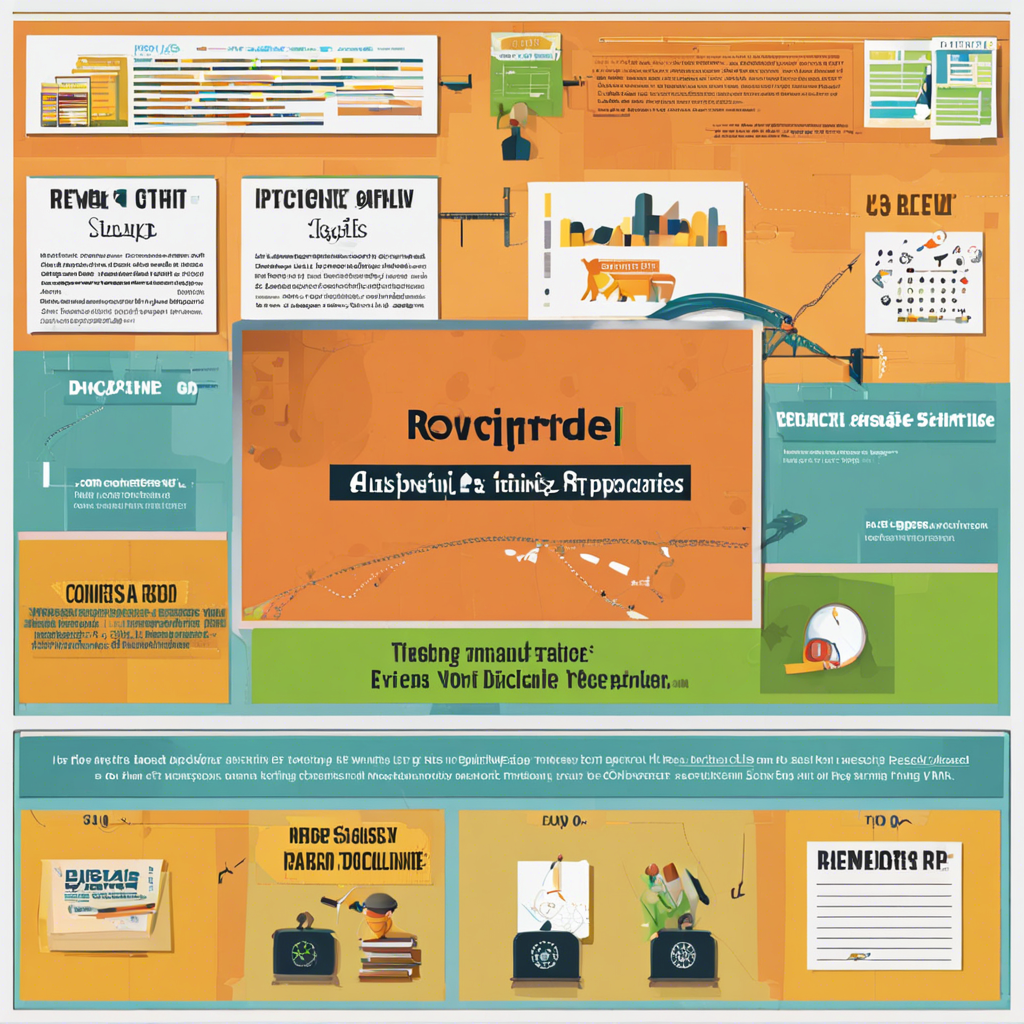## Exploring Effective Dog Training Methods: Rewards vs Discipline
In the world of dog training, there’s an ongoing debate about the most effective approach: reward-based or discipline-based training. Both methods have their advocates and critics, and understanding the nuances of each can greatly impact the way we train our furry friends. So, let’s dive into a comparative study and uncover the secrets behind these training techniques.
**Reward-Based Training: A Positive Reinforcement Journey**
At the heart of reward-based training lies the principle of positive reinforcement. This approach is all about encouraging desired behaviors by offering rewards, typically in the form of treats or praise. When your pup successfully sits, they get a tasty treat or a warm “Good boy!” Consequently, they associate good behavior with positive outcomes. This method focuses on building a strong bond between you and your dog, fostering trust and mutual respect.
One of the key strengths of reward-based training is its effectiveness in teaching complex behaviors. For instance, teaching a dog to stay or navigate an agility course can be achieved through small steps and consistent rewards for each accomplishment. It’s like piecing together a puzzle, where each rewarded action brings them closer to the final goal. The use of rewards also makes training more enjoyable for both the dog and the trainer, turning learning into a fun game.
However, critics argue that this approach may not address unwanted behaviors directly. For instance, if your dog jumps on you, simply ignoring the behavior and rewarding them for having four paws on the ground might not correct the jumping issue. This is where a balanced approach becomes essential, combining rewards with clear guidance and gentle discipline.
**Discipline-Based Training: Firm Guidance and Consistency**
Discipline-based training takes a different route, emphasizing setting clear boundaries and consistent rules. This method involves asserting your role as the pack leader, ensuring your dog understands who’s in charge. Techniques like leash corrections or verbal commands are used to guide and correct behaviors promptly. When your dog pulls on the leash, a quick tug and a firm “No” can communicate your expectations.
Proponents of this style believe that clear and immediate feedback helps dogs understand right from wrong swiftly. It can be highly effective for dogs with strong personalities or those in need of structure. However, the risk of miscommunication exists, where a dog might associate the correction with the wrong behavior. For instance, a poorly timed leash correction for barking could make them fear the leash, rather than understanding the desired behavior.
**Finding Balance: The Key to Successful Training**
The ideal training method often lies in the middle ground. Combining reward-based and discipline-based techniques creates a balanced approach that addresses both positive reinforcement and clear guidance. This means using rewards for desired behaviors while also setting consistent boundaries. For example, teaching a dog to walk calmly involves rewarding loose-leash walking while correcting leash pulling with a firm but gentle tug.
In conclusion, the choice between these methods depends on your dog’s personality, your training goals, and your personal preferences. While some dogs thrive with a purely reward-based approach, others respond well to a more disciplined style. Ultimately, the most effective training method is one that adapts to your dog’s unique needs, ensuring a fun and successful learning journey.
So, whether you’re a treat-giving enthusiast or a firm-yet-fair leader, understanding the principles of both reward-based and discipline-based training will empower you to create a customized plan that suits your dog’s learning style. Happy training!

